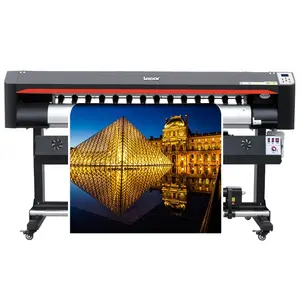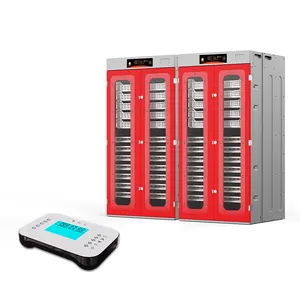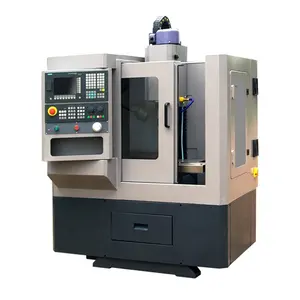Popular in your industry




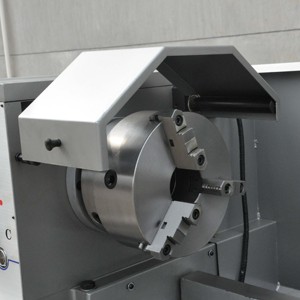





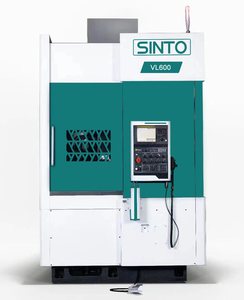






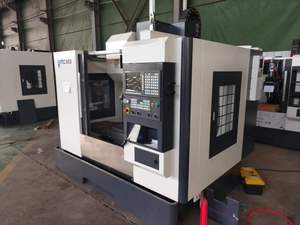
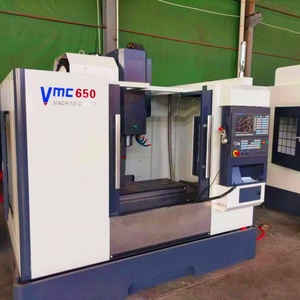
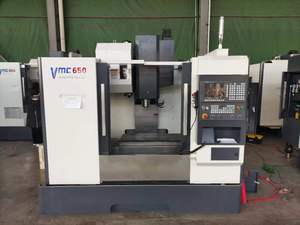




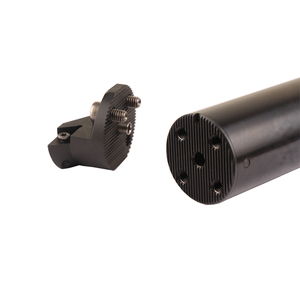
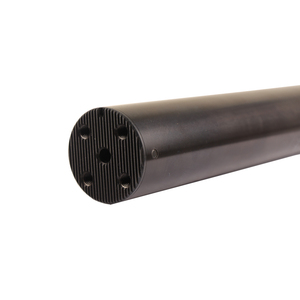
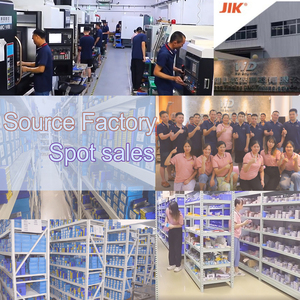









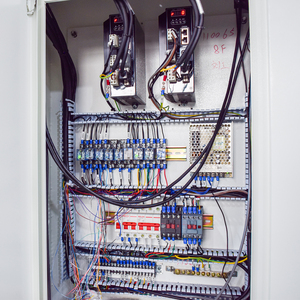



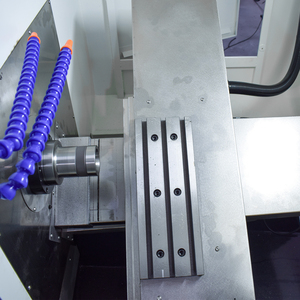

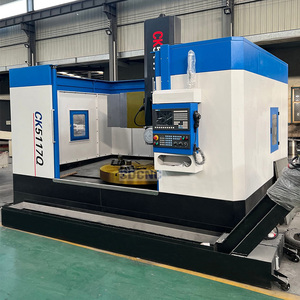













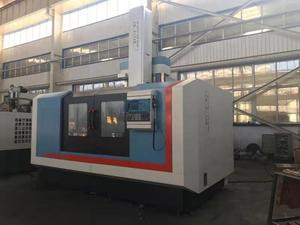






Related Searches:












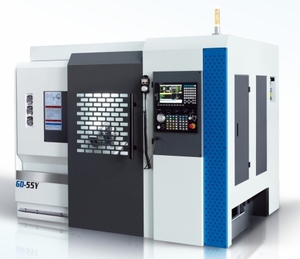


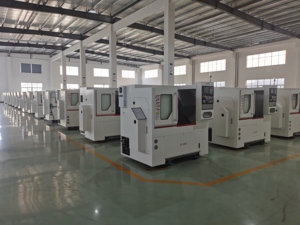













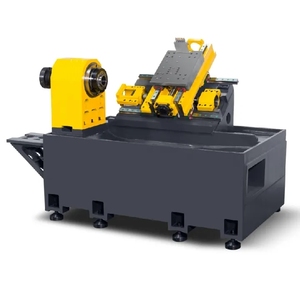

















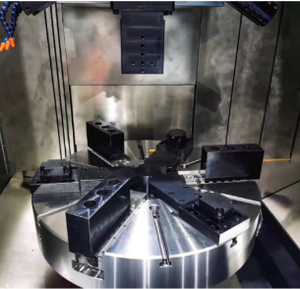









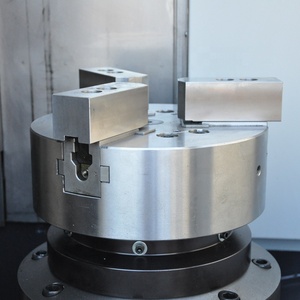

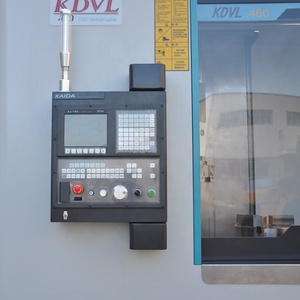


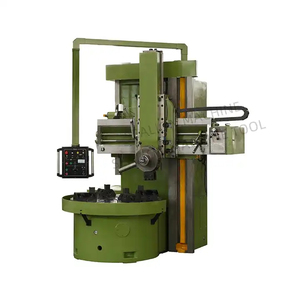












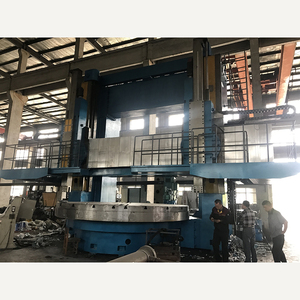





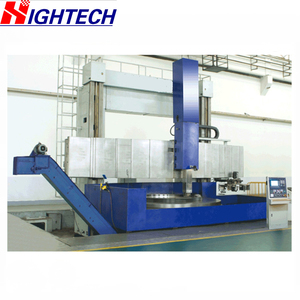
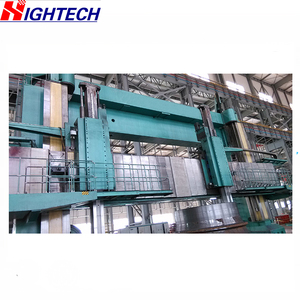



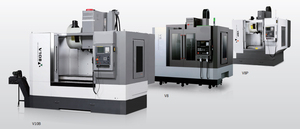

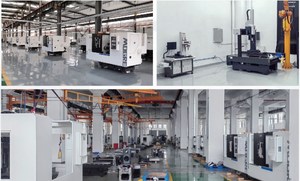
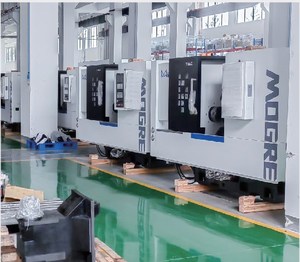

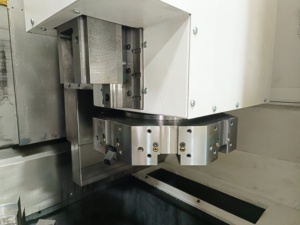




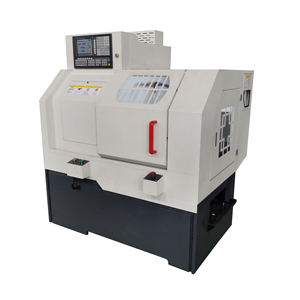


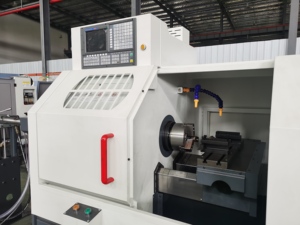
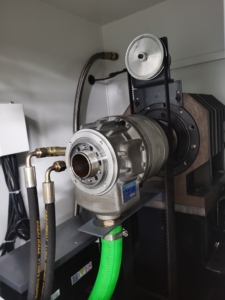








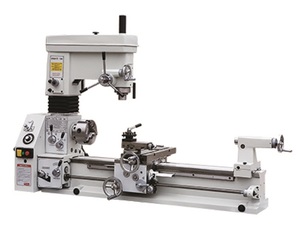



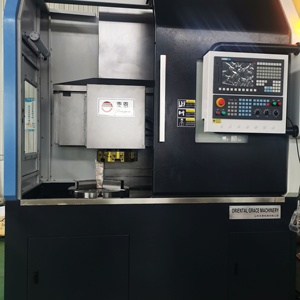








Top categories
About vertical turning lathe machine tool
A vertical turning lathe machine tool (VTL machine) is a heavy-duty industrial tool designed for the precise and efficient machining of large, cylindrical workpieces. It is a specialized type of lathe used primarily for operations such as turning, facing, grooving, and threading on components that are too bulky or unwieldy for traditional horizontal lathes. A VTL machine is characterized by its vertically orientated spindle and a stationary workpiece clamped on a horizontal table. This vertical configuration enables the machine to handle oversized and heavy parts with ease, making it a vital asset in industries such as aerospace, automotive, and energy.
The types of vertical turning lathe machine tools
There are several types of vertical turning lathe machines that cater to different machining needs. One of the common types is the single-column vertical turning lathe, which features a single column that supports the cross rail and tool head. This design provides simplicity and ease of use, making it suitable for various medium to large-sized workpieces. Another common type is the double-column vertical turning lathe, known for its enhanced stability and rigidity due to the presence of two columns. This configuration enables the machine to handle heavier and more challenging machining tasks, making it ideal for large and heavy components. Additionally, there are multi-tool station VTL machines that feature multiple tool stations along the cross rail. This design allows for simultaneous machining operations, improving efficiency and reducing overall production time. Each type of vertical turning lathe machine has distinct advantages and is chosen based on the specific requirements of the machining operation.
The applications of the vertical turning lathe machine tool
The vertical lathe machine is a versatile tool used for various applications in industries where the machining of large, cylindrical components is required. In the aerospace industry, VTL machines are crucial for manufacturing components such as aircraft engine casings, landing gear components, and turbine discs. The ability to machine these large and complex parts with high precision is essential for ensuring the safety and performance of aerospace systems. In the automotive sector, VTL machines are utilized for producing components like brake drums, wheel hubs, and transmission cases for commercial vehicles and heavy machinery. The oil and gas industry also heavily relies on VTL machines for manufacturing components used in drilling equipment, pipelines, and refineries. The power generation sector uses VTL machines to fabricate turbine components, generator parts, and large-scale renewable energy infrastructure. Additionally, the general engineering and metalworking industries leverage VTL machines for a wide range of applications, making them a cornerstone of modern manufacturing processes.
The advantages and disadvantages of the vertical turning lathe machine tool
The VTL CNC machine offers several advantages. One of the key benefits is its ability to machine large and heavy workpieces, making it suitable for applications that involve components with diameters ranging from a few inches to several meters. This capability reduces the need for additional setups and handling, enhancing overall efficiency. Additionally, the vertical orientation of the spindle and workpiece in a VTL machine ensures better stability and rigidity during machining operations, leading to improved accuracy and surface finish. The machines also provide versatility in terms of the types of materials that can be machined, including metals, alloys, composites, and more. This feature is advantageous for industries with diverse material requirements. Moreover, the automation and precision offered by CNC vertical turning lathes contribute to reduced operator intervention, enhanced repeatability, and shorter lead times in the manufacturing process.
However, using a vertical turning lathe machine tool has its disadvantages. One limitation is the space requirement, as these machines often have a larger footprint than their horizontal counterparts. This may be a consideration in facilities with space constraints. Additionally, the setup and fixturing of workpieces in a vertical orientation can be more complex than in a horizontal lathe. Operators need to ensure proper alignment and secure clamping to maintain machining accuracy and safety. The vertical configuration can also pose challenges in terms of chip evacuation, especially when dealing with long, stringy, or difficult-to-break chips. Proper chip management strategies are essential to prevent issues such as tool damage and poor surface finish. Despite these challenges, the advantages of vertical turning lathe machines far outweigh the drawbacks, making them indispensable for manufacturing critical components in various industries.
